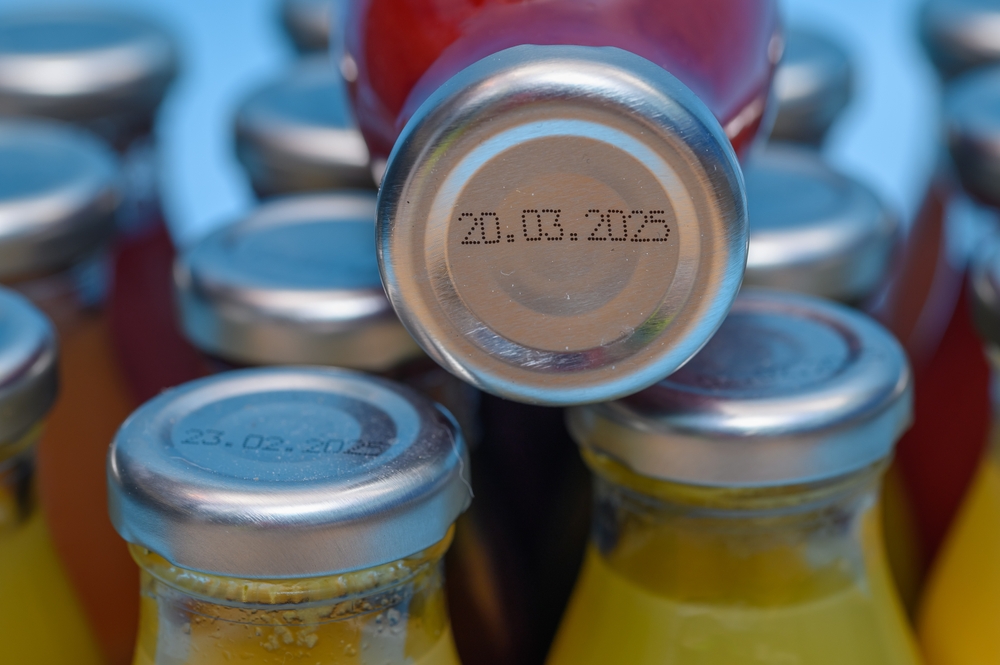The food in your pantry probably looks fine. The milk in your fridge smells okay. But that pesky little date stamped on the label makes you second-guess everything. Food expiration dates are confusing, often misinterpreted, and in many cases, not about safety at all. Understanding what “Best By”, “Sell By”, and “Use By” really mean can help you avoid waste, save money, and stay healthy.
The Truth About Expiration Dates
Most food date labels are not indicators of food safety. In fact, they are almost never mandated by law for most foods. These dates are generally created by manufacturers to estimate when a product will be at its best flavor or texture. Misunderstanding these labels causes millions of tons of food to be discarded each year while still being safe to eat. Knowing the difference between each type of label can help you make smarter choices about what stays and what gets tossed.
What “Best By” Really Means
A “Best By” date tells you when the food is likely to taste its best. It is about quality, not safety. After this date, the product might lose some flavor or texture but is usually still safe to eat if stored properly. Dry goods like cereal, pasta, crackers, and canned goods often carry this label. For example, crackers may get a bit stale or lose crunch after this date, but they will not pose a health risk unless other signs of spoilage are present.
Decoding the “Sell By” Label
“Sell By” is a tool for retailers. It tells stores how long to display a product for sale. It is not intended for the consumer. Most products are still safe to eat days or even weeks after the “Sell By” date, especially if refrigerated or frozen properly. Ground beef, dairy products, and fresh produce are often marked with this label. The key is proper storage. If the product looks, smells, and feels normal, it is likely fine.
What “Use By” Actually Indicates
“Use By” is the most misunderstood of the three. While it may sound like a safety cutoff, it usually still refers to peak quality. With some exceptions, particularly infant formula, food is still safe to eat after this date if it shows no signs of spoilage. Perishable items like salad mixes, deli meats, and ready-to-eat meals may show this label. Always check for changes in color, texture, or smell before deciding to eat or toss.

Why Food Labels Vary So Much
There is no universal standard for these dates. Different companies use different methods to estimate shelf life. Climate, packaging, preservatives, and storage conditions all affect how long food remains fresh. This lack of consistency makes it hard for shoppers to interpret labels correctly. One brand’s “Best By” might mean six months of freshness while another uses it to mean only three.
Misreading Dates Leads to Food Waste
People throw away perfectly edible food every day because of these labels. When consumers confuse “Best By” or “Sell By” with expiration dates, they often discard items that are still safe to eat. This contributes to billions of pounds of food waste annually. Being more informed helps reduce that waste. Use your senses and judgment before tossing something based on a date alone.
Foods That Last Longer Than You Think
Many foods remain safe well beyond the dates printed on the package. Dried pasta can last for years if kept dry and sealed. Canned goods often last five or more years past the printed date if stored in a cool place. Hard cheeses, cured meats, and frozen vegetables all have extended lifespans when stored correctly. Trust your nose and eyes. A sour smell or visible mold are more reliable signs of spoilage than a date on the box.
When the Date Does Matter
Some items really do require strict attention to dates. Infant formula is one of the few products where a “Use By” date is enforced for safety reasons. Bacteria growth and nutrient degradation are serious concerns. Similarly, perishable dairy or meat that smells foul or has changed in color should be discarded regardless of the date. Dates should always be treated as guidelines, but signs of spoilage must not be ignored.
Tips to Make Your Food Last Longer
Proper storage extends the life of most foods. Keep your fridge below 40 degrees Fahrenheit. Freeze meat, poultry, and fish if you are not using them within a few days. Store dry goods in airtight containers. Rotate your pantry regularly by using older items first. Avoid storing eggs or dairy in the refrigerator door where temperatures fluctuate. Planning your meals helps use up food before it spoils.
What Labels Will Never Tell You
Food safety depends on handling and storage just as much as time. A fresh product left out overnight can become unsafe even if it is before the “Use By” date. On the flip side, a yogurt a few days past the “Sell By” date may be fine if it has been refrigerated the entire time. Labels will not tell you about cross-contamination, improper handling, or accidental defrosting. That is up to you to monitor.
What Retailers Want You to Know
Grocery stores rely on dates for inventory rotation, not because products instantly become unsafe after a certain day. Retailers remove items based on “Sell By” guidelines to ensure quality. But that does not mean the product is bad. Some stores offer discounts on food close to its date. These can be great deals if used promptly. Always check for signs of spoilage before purchase, especially with perishable items.

How to Read Between the Lines
Look for other clues on the package. Vacuum seals, packaging integrity, and smell are all useful indicators of safety. Some products include batch codes or manufacturing dates you can research to gauge freshness. Trust your senses more than a number stamped on plastic. Expiration dates are best treated as estimates, not ultimatums.
Should You Eat It or Toss It?
Here is a simple rule. If it smells okay, looks normal, and has been stored correctly, it is probably safe. If it is slimy, sour, or moldy, throw it out no matter what the date says. A few days past “Best By” usually means slightly reduced flavor, not illness. Learn to recognize when a food is truly spoiled rather than relying solely on a printed label.
Food Date Confusion
Date labels often create more panic than protection. Most food is safe beyond those printed dates. By understanding what each label means, you can waste less and eat smarter. Always pair the label with proper storage and your own judgment. Clearer label standards may help in the future, but for now, a little knowledge goes a long way.
Read More: Fast Food Chicken Chains Ranked – Prepare to Be Offended
Disclaimer: This article was created with AI assistance and edited by a human for accuracy and clarity.

